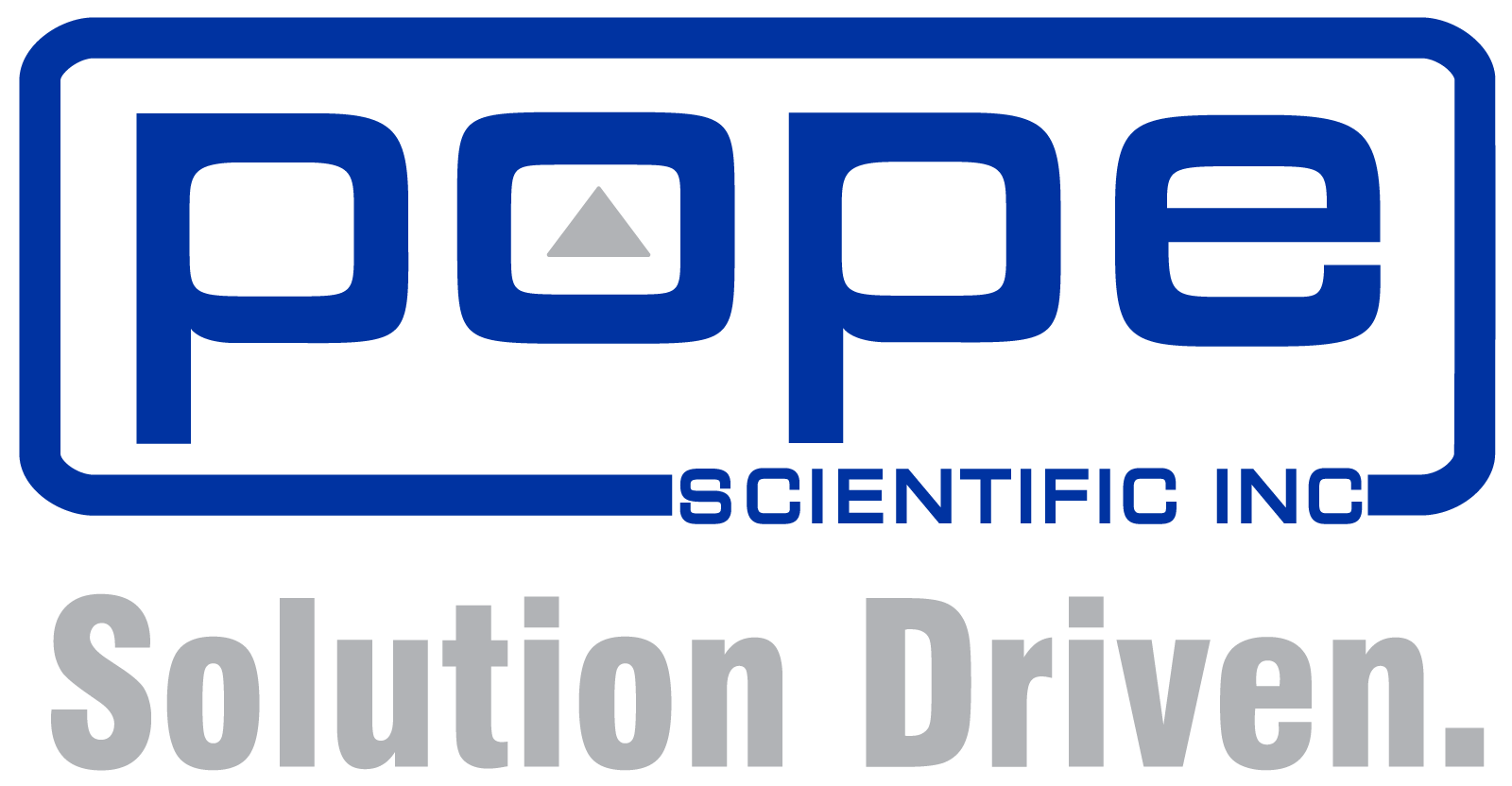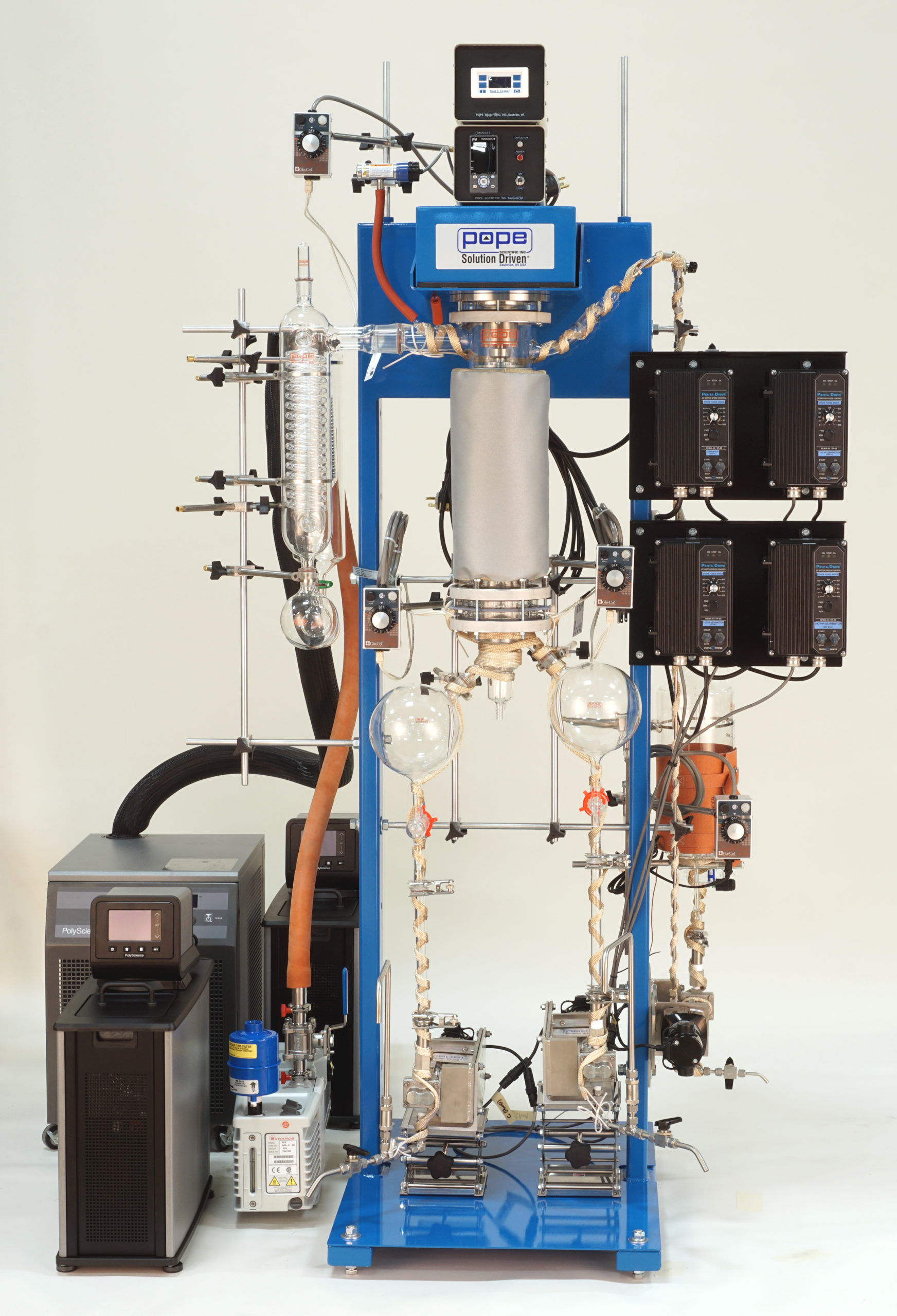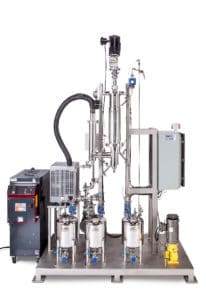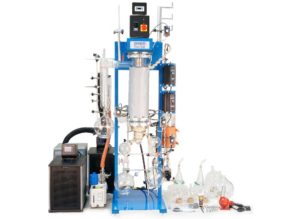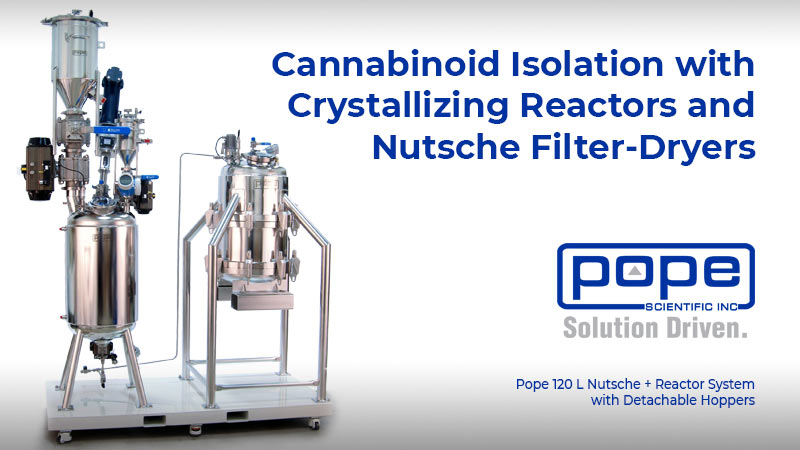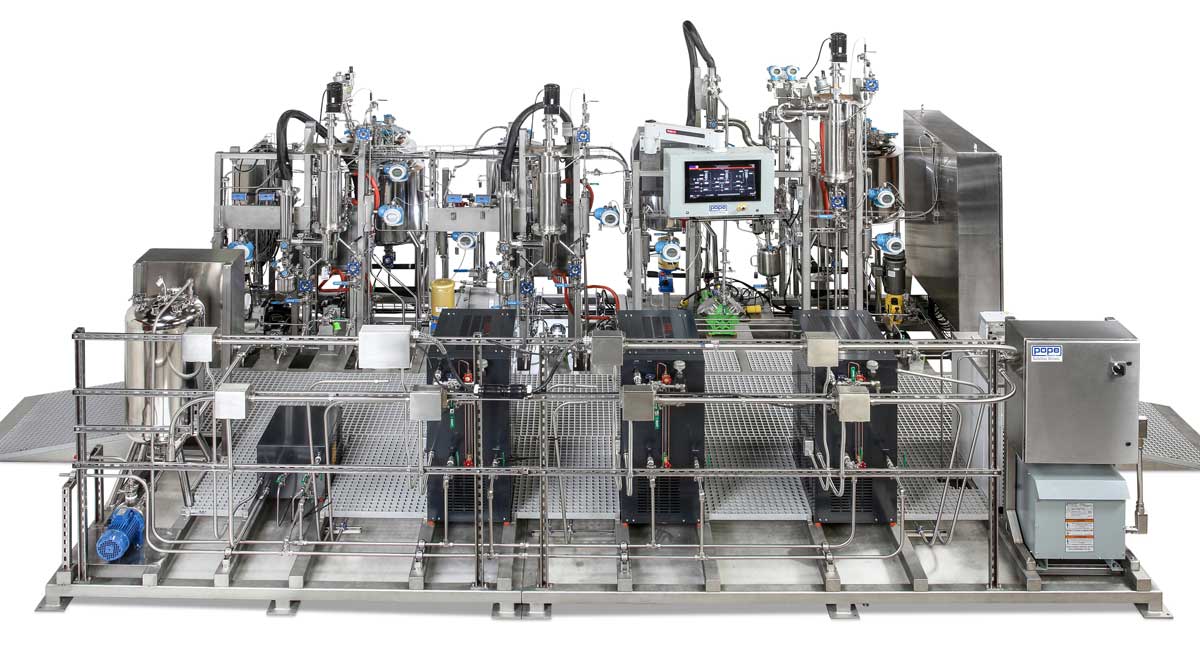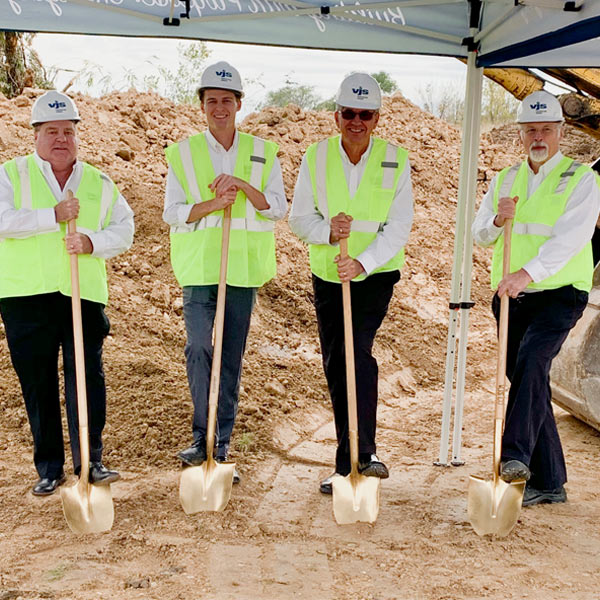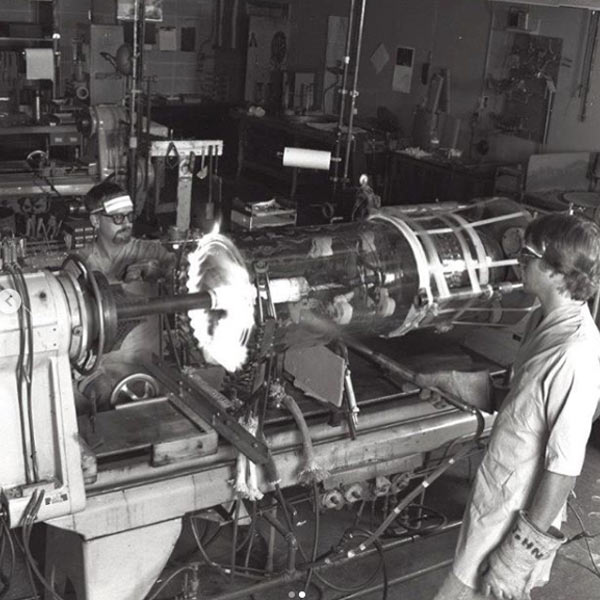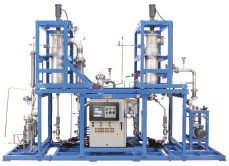4 Questions on Distillation: Effectively remove volatiles and solvents
In the latest issue of Cannabis Business Times, Dean Segal, vice president of sales and marketing for Pope Scientific, explains why it’s important and how to effectively remove volatiles and solvents prior to, and early in the distillation process to improve yield and quality.
1. Why does removing volatiles before the first distillation pass matter so much?
The goal of the first distillation pass is to remove as many of the terpenes as possible. If these are removed well in pass 1, it will allow for a higher performance during pass 2, with less flashing and greater vacuum, throughput, purity, yield and clarity. However, if the feed to pass 1 also contains leftover solvent—typically ethanol—it weakens the overall operating vacuum, (no matter the type of vacuum pumps or how large they are), leading to less terpene removal. This has a spillover effect because pass 2 is burdened with more terpenes in the feed, diminishing the above-mentioned performance and results of this pass. It’s best to have much less than 0.5% solvent in the pass 1 feed.
2. But if decarboxylation is performed just before distilling, doesn’t that take care of the issue?
Many believe if decarboxylation is performed just prior to distillation, the typical temperature (approximately 130°C) of this intermediate step will drive off all remaining ethanol from the evaporation process following winterization. However, ethanol, though it boils at 78°C in its pure form, also has binding forces with materials such as cannabinoids, which make it harder to drive off. Often, more remains than might be expected.
3. So, what can be done to improve solvent removal?
If a rotary evaporator (rotovap) is used for evaporating at 60°C with a typical rotovap vacuum pump, or if a falling film still was used with a single pass, residual ethanol can remain at 3% to 8%, and decarbing may still result in 1% to 3% ethanol in the pass 1 feed, which is too much. If rotovaping, increase the temperature to at least 90°C for the final hour. If using falling film, it needs further evaporation. Another approach is to plan a three-pass distillation: solvent pass, terpene pass and cannabinoid pass. (A fourth pass is sometimes performed on distillate to increase purity or on residue as a “second squeeze” to increase yield.)
4. Over periods of days or weeks, distillation vacuum levels seem to gradually become weaker. Why?
The most common cause concerns the Gas Ballast Valve (GBV). Nearly all cannabinoid stills utilize two-stage rotary vane vacuum pumps, which have a GBV, but many operators don’t know much about them. The issue: Some portion of light components, such as solvents, can typically get past the cold trap. They then dissolve into the pump oil, especially in the first distillation pass, and with a large percentage in the feed (>1%), and/or the vacuum level is too strong for conditions. The oil’s total vapor pressure increases as a result, weakening the vacuum. But if the GBV is opened, a small stream of air enters the pump and sweeps out the dissolved solvents, allowing greater vacuum restoration and without having to change the oil. The GBV should be opened after each pass and at the end of every day for at least 30 minutes, then closed again, while the pump is running deadheaded (inlet closed). (Note that if a diffusion or turbo pump is part of the vacuum system, it will not be a substitute for using the GBV properly).
